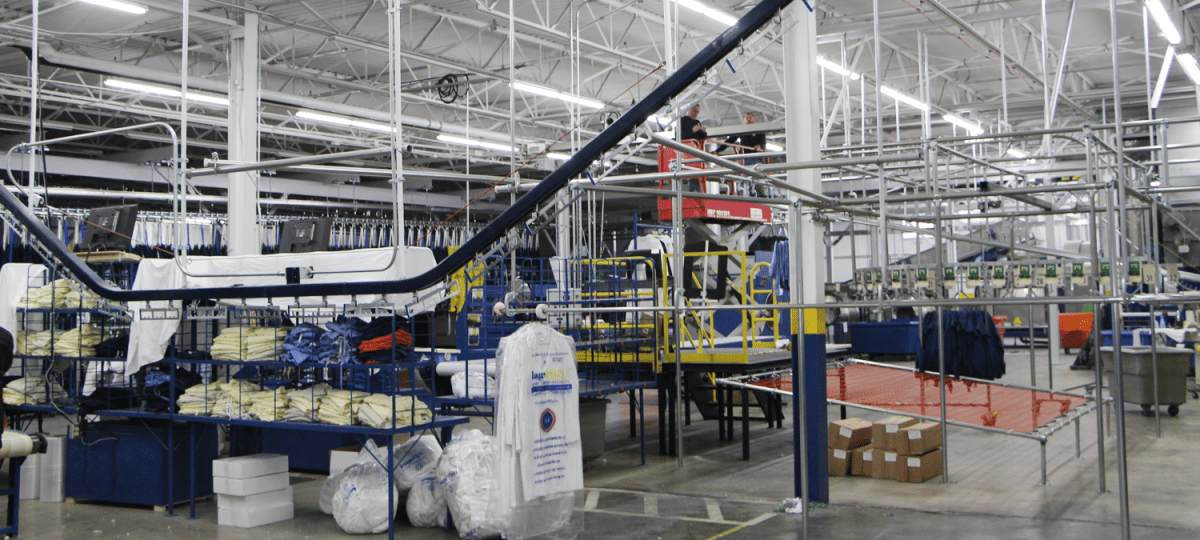ImageFirst reports the Linen Risk Assessment offers a comprehensive analysis of a healthcare provider’s linen program.
It is designed to help a provider understand if their linen is compliant with infection prevention recommendations and regulations. If not, the resulting customized report will highlight potential areas the facility can improve on.
ImageFIRST is offering its Linen Risk Assessment to medical facilities in the U.S., regardless of whether they are currently an ImageFIRST customer.
With healthcare now placing a greater emphasis on infection prevention more than ever, medical providers are looking for ways to minimize the spread of COVID-19 and sanitize common points of infection – including linen. The Joint Commission, an organization dedicated to continuous improvement in healthcare, recommends conducting a risk assessment to identify actual and potential risks.
Hygienically clean laundry is crucial to minimize the spread of pathogens according to the Centers for Disease Control and Prevention (CDC), the Association of periOperative Registered Nurses (AORN) and the Healthcare Laundry Accreditation Council (HLAC). However, not all laundering is effective at removing bacteria.
The CDC states that dry cleaning is ineffective in reducing bacteria and viruses on linens, and that microorganisms can survive home laundering. OSHA regulations even prohibit home laundering of personal protective apparel such as lab coats, isolation gowns and scrubs. The CDC specifies that detergents used for healthcare laundry should be registered by the U.S. Environmental Protection Agency (EPA) to ensure adequate cleaning.
ImageFIRST offers fully-managed linen and apparel rental and laundry programs with comprehensive infection prevention processes that exceed standards and a wash process that is effective against COVID-19. Their laundering processes meet or exceed OSHA, CDC, HLAC requirements, and comply with The Joint Commission requirements.
